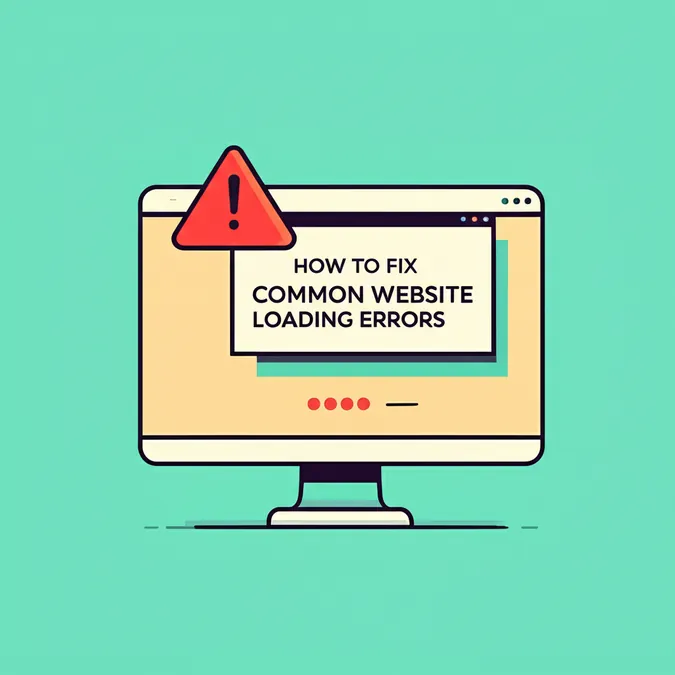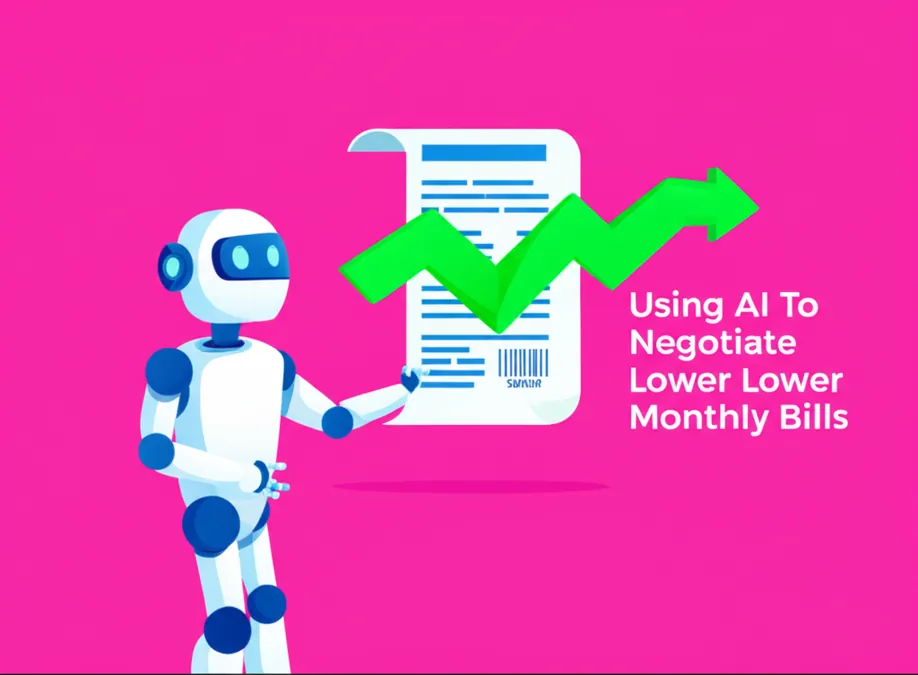Developer Offer
Try ImaginePro API with 50 Free Credits
Build and ship AI-powered visuals with Midjourney, Flux, and more — free credits refresh every month.
AI Models Are Reshaping The Future Of Eye Care
AI Models Are Reshaping The Future Of Eye Care
Since bursting into the public consciousness in late 2022, generative artificial intelligence and large language models (LLMs) like ChatGPT have started a technological revolution. While many know them for writing emails or code, their impact is beginning to be felt in highly specialized fields, including medicine. A recent review sheds light on one such area: ophthalmology. This fascinating field of eye care is finding new and powerful ways to leverage AI, promising to enhance work for everyone from doctors to researchers.
How LLMs are Assisting Clinicians and Patients
One of the most immediate applications of LLMs is in the clinical setting. For ophthalmologists, these AI tools can act as intelligent assistants, helping to streamline administrative tasks and support complex medical decisions. Imagine an AI that can instantly summarize a patient's entire medical history or suggest a list of potential diagnoses based on reported symptoms. This is no longer science fiction. Research shows that LLMs are being used for clinical assistance, freeing up valuable time for doctors to focus on direct patient care.
Beyond the clinic, patients also stand to benefit. Understanding a complex eye condition like glaucoma or macular degeneration can be daunting. LLMs are proving adept at generating clear, concise, and easy-to-understand educational materials for patients, breaking down medical jargon into plain language. This empowers patients to take a more active role in their own health.
Revolutionizing Ophthalmic Education and Research
The next generation of eye care specialists is also getting a boost from AI. Medical students and residents can use LLMs as a dynamic learning tool, asking intricate questions about ocular diseases or simulating patient interactions to hone their diagnostic skills. This offers a level of interactive, on-demand education that was previously unimaginable.
In the world of medical research, the pace of discovery is often limited by the time it takes to review existing literature and write up new findings. LLMs are helping to accelerate this process. They can sift through thousands of research papers in minutes, identify key trends, and even assist in drafting manuscripts, allowing scientists and researchers to focus on innovation and analysis.
The Current Leader ChatGPTs Performance Edge
While many LLMs are available, the review found that one consistently performs at the top of its class: ChatGPT. Across multiple studies using different methods, its responses were found to be more accurate and of higher quality than other models. As newer iterations like GPT-4 have been released, these advantages have only become more pronounced, solidifying its position as a leading tool in this emerging space.
Key Limitations and Hurdles to Overcome
Despite the enormous potential, it's crucial to acknowledge the current limitations of LLMs. The technology is powerful but not perfect, and several hurdles must be overcome before widespread, unsupervised adoption in medicine is possible.
- Hallucination: LLMs can sometimes generate confident-sounding but completely false information. In a medical context, such "hallucinations" could have dangerous consequences.
- Inability to Interpret Images: Ophthalmology is a deeply visual field that relies on scans and images for diagnosis. Current mainstream LLMs are text-only, meaning they can't analyze a retinal scan or other critical diagnostic images.
- Language Barriers: The models perform best in English, with accuracy dropping off significantly in other languages. This creates a barrier to global equity and access.
The Future Outlook for AI in Eye Care
The field of generative AI is moving at lightning speed. New models that can process images and other data types are already being introduced, which could solve one of the major limitations for ophthalmology. As this technology continues to evolve, it must be continuously monitored and rigorously tested. The promise of AI in eye care is a clearer, more efficient, and more accessible future, but achieving it will require a careful and considered approach.
Compare Plans & Pricing
Find the plan that matches your workload and unlock full access to ImaginePro.
| Plan | Price | Highlights |
|---|---|---|
| Standard | $8 / month |
|
| Premium | $20 / month |
|
Need custom terms? Talk to us to tailor credits, rate limits, or deployment options.
View All Pricing Details

